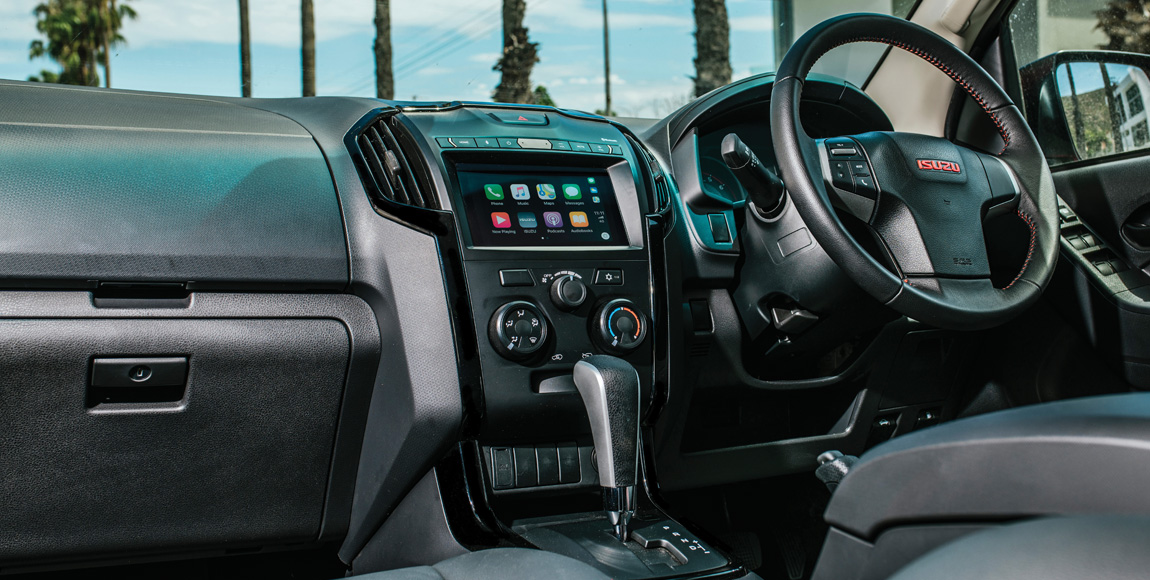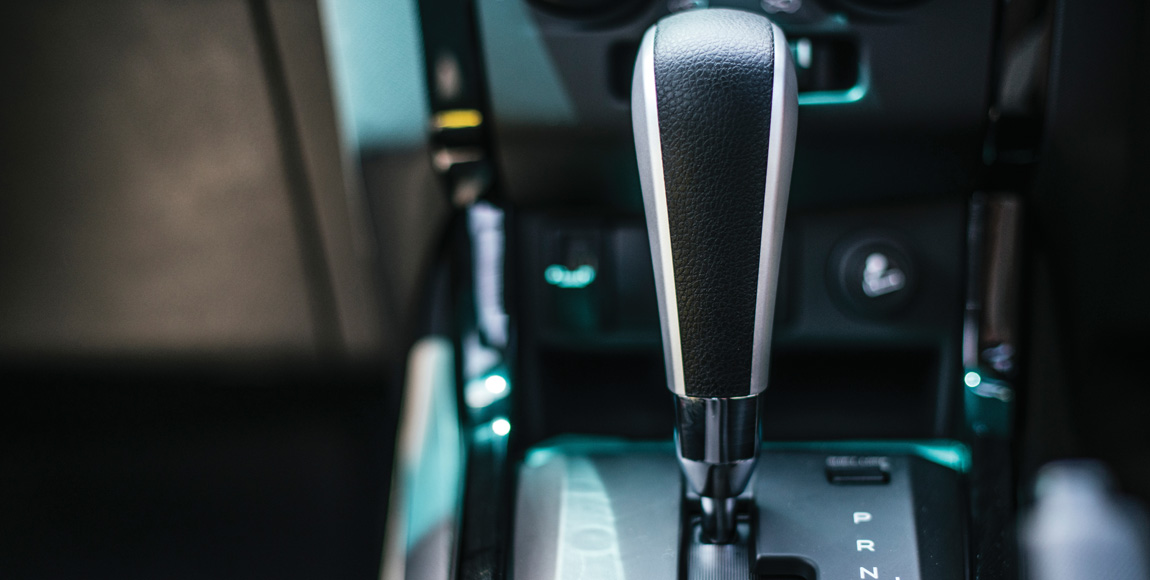Upping the D-Max 250’s game
Upping the D-Max 250’s game
Isuzu Motors South Africa is making its D-Max 250 range more appealing with the introduction of an automatic transmission at an affordable price. MARISKA MORRIS puts the vehicle through its paces
Nothing quite compares to the rush of getting a bakkie dusty on a dirt road, but performing in harsh conditions isn’t enough anymore. Modern bakkies need to be multi-functional and provide the same comfort and convenience in congested cities as they do on dirt roads. To meet this demand, Isuzu Motors South Africa has expanded its D-Max range with automatic models.
FOCUS tested the performance of the five-speed automatic transmission in the range on a two-day, 300-km trip organised by Isuzu Motors South Africa on February 10 and 11 in the Mother City.
On arrival, there was a selection of colours and models within the D-Max range from which to choose.
After selecting a bakkie, drivers set out in convoy towards The Forum on Embassy Hill, via Rhodes Drive, for the business briefing where the Isuzu team explained the reasoning behind the introduction of the new transmission.
The automatic transmission serves two purposes. It provides more comfort for the bakkie owner and allows Isuzu Motors South Africa to continue to grow its market share by meeting the increased need for an automatic option. Isuzu already achieved a 15,7 percent share (up from 14,4 percent) of the total market in a segment that declined by 4,5 percent, and 24,5 percent of the “workhorse” segment in 2019.
The company is now targeting young buyers and those seeking more comfort. According to Isuzu’s research into customer trends, the demand for an automatic gearbox increased from 14 percent in 2015 to over 34 percent in 2019 – more than double in only four years.
“The X-Rider Black places Isuzu in a good position with the young and upcoming buyer audience. We intend to keep building on this momentum going forward,” Dominic Rimmer, senior vice-president of technical operations at Isuzu Motors South Africa, explains.
“Customer buying trends in South Africa are rapidly changing with a major upswing in demand for automatic transmissions, especially in congested cities such as Cape Town and Johannesburg,” he adds.



To prove its point, Isuzu Motors South Africa took the convoy over Chapman’s Peak, then along the N2 and through Stellenbosch (where roads are currently under construction) to Franschhoek – all in peak traffic. The automatic didn’t disappoint.
The winding pass was no match for the 100 kW engine, and even in bumper-to-bumper traffic, driving the D-Max with an automatic gearbox felt like a Sunday cruise. There is also an argument to be made for the other benefits of an automatic such as improved safety and fuel savings.
As there is no need to shift gears, the driver can focus entirely on what is happening on the road. There is no risk of stalling or burning the clutch and the automatic is easy to drive – even for the most inexperienced drivers. Depending on driving style, the fuel consumption on the automatic is rated at 8,1 l/100 km. Even if the driver has a heavy foot, the fuel saving in traffic is significant.
While the bakkie needs to perform in urban settings, these vehicles are generally bought for one of two reasons: work or play. Both of these options will take the bakkie on some interesting adventures.
Day two of the D-Max adventure took the convoy over the Franschhoek Pass onto the gravel roads between Caledon, Greyton and Villiersdorp.
With nearly 200 km of mostly dirt roads, it was great to see a more rugged side of the D-Max’s performance. It held its own on the sharp curves and loose gravel with the brake-assist systems and traction control working hard. In fact, partly due to the well-kept roads, driving the D-Max on dirt felt just as comfortable as on tar.
The drive was smooth and effortless to a point where I had to keep a careful eye on the speedometer so as not to drive too quickly. Even speeds of around 80 km/h felt like no work at all for the D-Max. This is clearly a bakkie that loves to be pushed.
This came as no surprise, as the D-Max is built to be a durable and reliable workhorse. The D-Max 250 Auto boasts a towing capacity of 2 100 kg for a braking trailer and a carrying capacity of just over a tonne on the rear load compartment. The choice of a five-speed automatic transmission was deliberate.
“The gearbox was developed to suit the performance characteristics of Isuzu’s competent, reliable and economical 2,5-litre intercooled turbodiesel engine, thus giving our customers great performance matched to low running costs, superb comfort and outstanding driving convenience – particularly in bustling and congested city environments,” Rimmer says.
Vehicles within the D-Max 250 Auto range are affordable – with price-tags ranging from R402 200 to R474 700. The automatic transmission is available in the D-Max 250 X-Rider, D-Max 250 LE, D-Max 250 Hi-Ride model and D-Max Extended Cab variant.
If the five-speed version doesn’t quite satisfy the hunger for performance, the D-Max 3,0-litre with a six-speed automatic transmission was launched in 2018.
While the introduction of an automatic transmission into its 250 range is exciting and a big move for the manufacturer, it is a small part of a much bigger strategic plan, which the team was reluctant to divulge. All we know is that the next-generation D-Max – launched in Thailand in October 2019 – is expected in South Africa in 2021.
Meanwhile, Isuzu fans and prospective customers can only remain on the edge of their perfectly manicured leather seats for more!
Published by
Mariska Morris
focusmagsa



